50 Years of Digging
- 30th August 2019
The part of the archaeological service most people think about is the digging, although as we stress on our blog this is only part of the story and we share stories from other parts of the service. We’ll share about the Historic Environment Record soon, but thought we’d look first at the Field Section part of our service.
As we mentioned before, James Bond was the first County Archaeologist, appointed 1969. Shortly after an assistant, Alan Hunt, was appointed with a remit for rescue archaeology. They were very limited in what they could dig. Resources were very tight, in both time and money, and any excavation would need to be done properly and fully recorded and written up.
In the days before archaeology was a key consideration in the planning system most excavations were research digs or rescue archaeology. In the 1960s and 1970s rescue archaeology was a growing field as archaeologists raced against time to record sites before they were lost. There was no statutory right for archaeologists to get this opportunity, so it relied on goodwill and the negotiation skills of the archaeologists.
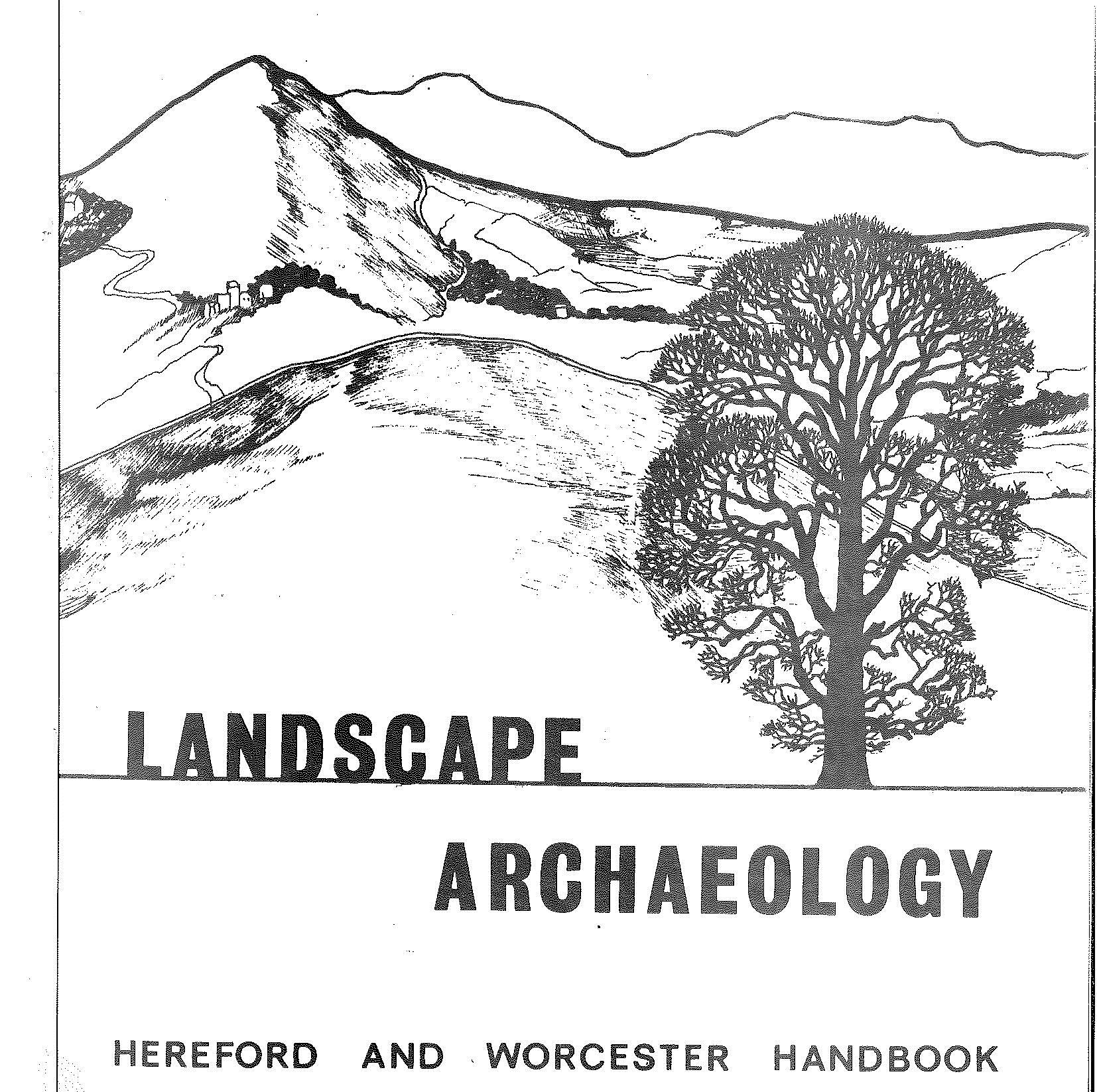
From 1974 to 1998 we covered Hereford & Worcester, mirroring the county council of the time. A lot of work was done around Droitwich, including when Jan Roberts was the County Archaeologist. This demonstrated, for the first time, that the salt industry stretched as far back as the later prehistoric period, and uncovered mid-Saxon salt-making hearths and the medieval Great Pit at Upwich, the principal focus of brine extraction. These early digs were written up into the long standing Worcestershire Archaeological Society Transactions, where we still report on digs. Some of these large excavations were also written up as CBA research reports.
In the 1980s a big change was the creation of the Manpower Services Commission, a national scheme to help unemployed young people to get work experience and training. Archaeology was one of areas covered, and so we took on several trainees, which increased the size of the team and the capacity to dig. This was the launch for many careers with many archaeologists starting this way.
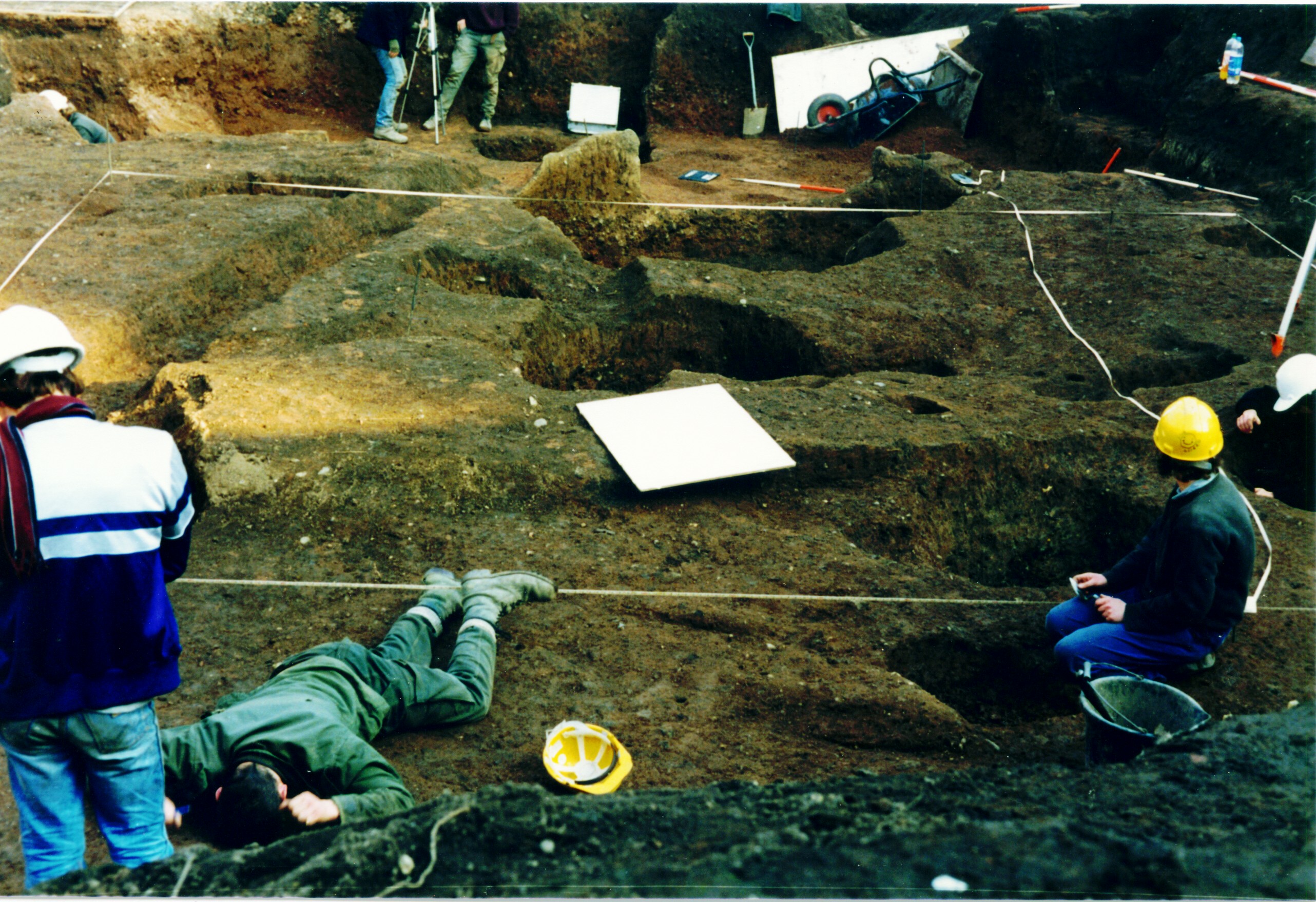
Deansway
Our big project in the 1980s was Deansway, which we excavated for a couple of years before the Centrovincial Shopping Centre was built, which became Crown Gate. Several of our current staff joined then and are still here 30 years later! This was a key moment in Worcester archaeology and the resulting publication helped to rewrite the city’s history as the large area uncovered allowed our archaeologists to explore a large site. During the mid 1980s we also started another major project at Wellington Quarry in Herefordshire where we are still working today. With 33 years of investigation this is one of the longest running archaeological projects in the country, one which has revealed important remains dating from the Neolithic through to the early medieval period and has also spanned the many changes in how archaeology is funded and undertaken over this time.
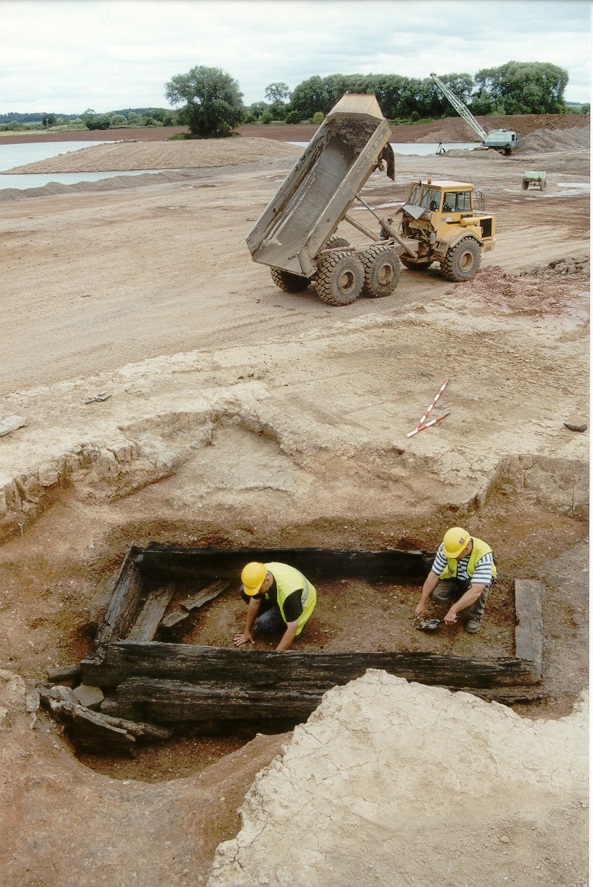
Early medieval mill at Wellington
As the 1990s came the MSC ended and archaeologists feared what would happen next with the loss of lots of trainees, archaeologists and funding. A new change was on the horizon though, with the introduction of a piece of legislation called PPG16. This was a major change to the planning process, as for the first time archaeology had to be taken into account during the planning process and developers had to pay for any archaeological conditions imposed. This transformed the British archaeological world as it meant that there were far more excavations taking place, more archaeology recorded, and an increase in the number of diggers. Malcolm Cooper was the county archaeologist overseeing this change. Although superseded by new legislation, the principle of developers paying is still with us today.
Our Field Section became a commercial arm of the service, funded by carrying out digs for developers, and occasional research digs for national bodies. Most excavations are tendered for, so we bid for work. This means other units work in Worcestershire too and we also can work out of county. When people see us sharing on social media about work we’re doing out of county we sometime get asked why we’re working elsewhere. Any work we do is fully paid and our expertise, reputation and skills means that some people prefer us to do particular sites. Being developer funded does mean that there are peaks and troughs in work and that we are dependent upon how much construction is taking place.

Volunteers digging on what would become The Hive, supervised by our archaeologists.
One of the most relevant digs we did was here on the site of The Hive when we got the chance to excavate the site of our future home. It was a great dig, uncovering the story of this part of Worcester. We mainly uncovered Roman and Victorian Worcester, as for the intervening time it was outside the city wall so undeveloped, but this meant that we were able to get a great picture of a section of Roman Worcester which like Deansway helped rewrite the history. As well as digging there ourselves over several months we had 90 volunteers over a 6-week period, as well as 3,000 members of the public and 600 school children visit.

Outreach and community has always been an important part of what we do. In the early days James and his successors worked with Birmingham University’s Extra Mural Department, and when we were linked to the library service we worked together on joint events. Under Adrian Tindall schools work was developed. We’ve tried to work with local groups and encourage them, and have run community digs when we could to give people hands-on experience. We did this at Deansway, The Commandery and The Hive. We have also overseen community archaeology projects on behalf of local groups for projects they’ve organised, such as at Bromsgrove, Hanley Castle and Kidderminster. An annual highlight for over 30 years has been the Worcestershire Archaeology Day, when we share news of projects, digs and finds, attended by over 100 people.
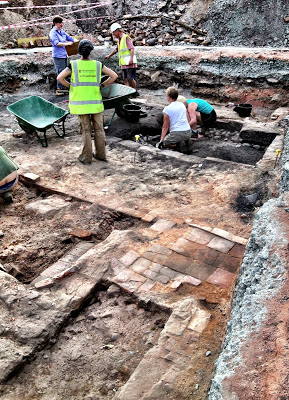
Dig Bromsgrove community archaeology
Supporting the archaeologists digging are the finds and environmental archaeologists, who analyse and write up the finds brought back. They have grown a regional and national reputation, and have contributed to significant national projects. We also have illustrators who provide drawing and photos for the reports, and can also create interpretation panels and publications.
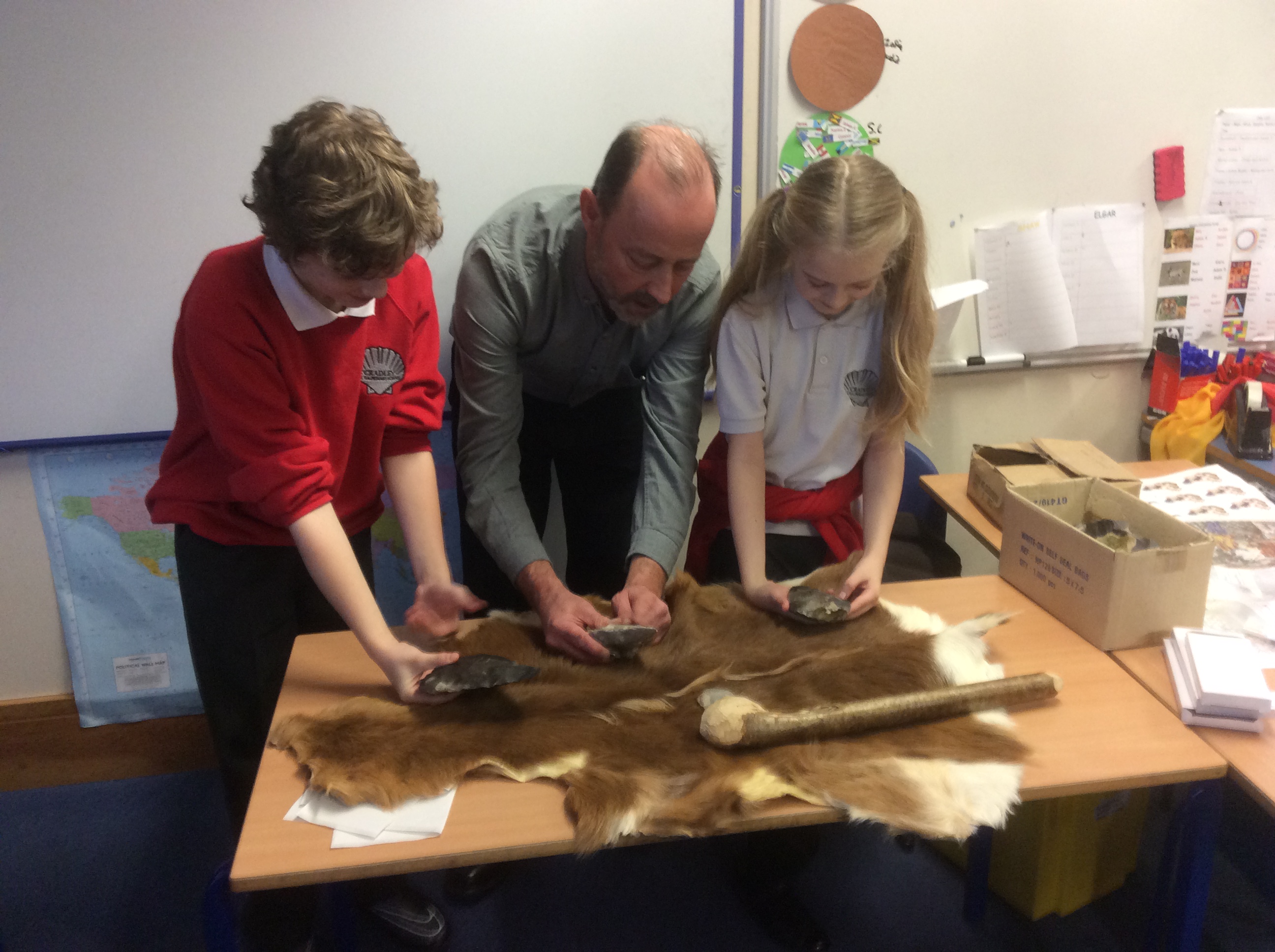
Helping children understand about prehistory
A few times we have also been on TV with two Time Teams, a Meet the Ancestors episode, a History Fix and Talking Landscapes with Aubrey Manning. The Time Team episodes were Kemerton (1998) and Throckmorton (2001). Our archaeologists provided part of the team alongside the Time Team regulars, and Malcolm Atkin as County Archaeologist oversaw the digs. It was a great experience for those who took part.
Today we are one of the few county council archaeological field units still around, with many becoming independent. The benefits here are that we can pool expertise from the HER & curatorial staff and the Field Section, with the latter being entirely externally funded now so not costing the council any money. The work over the 50 years has meant that we have an increased reputation and contribute to national and regional research, and this will continue into the future.
Oh my goodness, this brings back memories because I was one of those volunteers working in the finds department on the pottery from Deansway also Hanbury Hall. Derek Hurst will confirm this,so say hello to him please. I loved every minute I worked there for almost 10 years. Thanks for this post.